Boat photography captures the essence of sailing and maritime adventures, blending artistry with technical precision to create timeless imagery. For those who appreciate the beauty of the open sea, discovering the best boat photographers can transform your view of the world. These skilled professionals not only capture the grandeur of sailboats and the dynamic interplay between land and sea but also tell stories through their lenses. Whether you’re a seasoned sailor or a photography enthusiast, understanding the best photographers in this field can elevate your own creative endeavors. In this article, we explore the top talents, their unique approaches, and the techniques that make them stand out. From iconic names to rising stars, we reveal the best boat photographers shaping modern sailing photography.
Key Takeaways
- Capture the Golden Hour: Optimal boat photography begins 30 minutes after sunrise or before sunset for soft, diffused light.
- Invest in a Quality DSLR: Use a stabilized lens to minimize motion blur and choose focal lengths suited for your subject focus—wide for landscapes, telephoto for subjects.
- Fast Shutter Speeds: Set your shutter speed to 1/1000 seconds or faster to freeze action, increasing it in rough conditions.
- Larger Apertures for Depth: Use apertures like f/8 to isolate subjects and avoid focus issues in dynamic backgrounds.
- Manage ISO for Noise: Keep ISO low for noise reduction, adjusting higher only when necessary for low-light conditions.
- Adapt White Balance: Use auto white balance and fine-tune manually for changing light conditions on the water.
- Compose Effectively: Apply leading lines, rule of thirds, and macro settings to highlight details, framing shots with the horizon for balance.
- Enhance Post-Processing: Crop for composition, adjust perspectives, remove motion blur, and refine colors.
- Stable Setup: Use a tripod and cable release for steady shots and controlled timing.
- Protect Against Glare: Employ a circular polarizer to reduce lens flares and enhance clarity.
- Choose Lens Based on Goal: Opt for wide-angle for scenic views or telephoto to focus on subjects.
- Prepare for Long Sessions: Carry extra memory cards and a backup battery for extended shoots.
For water photography, similar principles apply with a focus on freezing motion and managing light effectively. Mastering aperture, shutter speed, and ISO together is crucial for capturing dynamic sailing moments, enhancing your photography skills.
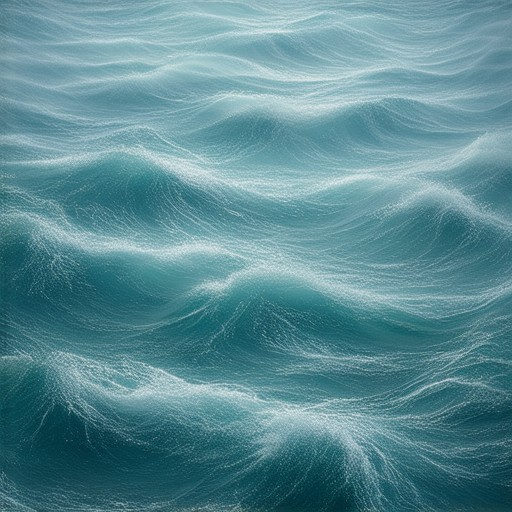
Famous Sailing Photographers
The world of sailing photography is celebrated through the work of many talented individuals who capture the beauty and essence of the sea. Here are some of the most renowned sailing photographers:
- Edwin Levick – Known for his early 20th-century work, Levick documented the golden age of yachting.
- Frank Beken – Renowned for his striking compositions and iconic images of classic yachts.
- Michael Kahn – Specializes in yacht racing photography with a unique perspective on high-speed marine action.
- Philip Plisson – Celebrated for his ability to capture the elegance and power of sailboats.
- Ray Krantz – Known for his dynamic shots during yacht races and regattas.
- Christian Fevrier – Contemporary photographer noted for his modern take on sailing photography.
These photographers have contributed significantly to the art of sailing photography, showcasing its evolution over time. Their work can be explored further on platforms dedicated to sailing enthusiasts and photography lovers.
The Best Boat Makers
When evaluating the best boat makers, it’s essential to consider factors such as reputation, innovation, and customer satisfaction. Here are some leading boat manufacturers:
- Bénéteau – Renowned for their sailboats and motorboats, Bénéteau has a strong global presence and a history of winning awards for design and performance.
- Jeanneau – Another prominent name in sailing, Jeanneau offers a wide range of yachts and powerboats known for their reliability and style.
- Oyster Marine – Specializing in luxury yachts, Oyster Marine is celebrated for its attention to detail and innovative designs.
- Sunseeker – Known for high-performance powerboats, Sunseeker is a favorite among those seeking speed and elegance.
- Azimut – A leader in the luxury yacht market, Azimut boats are recognized for their advanced technology and sleek aesthetics.
- Regatta – Known for their cruising yachts, Regatta offers boats that combine comfort with performance.
- Bavaria – Popular for their family-friendly cruisers, Bavaria boats are praised for their durability and ease of handling.
These brands are selected based on their expertise, innovation, and market leadership. Whether you’re looking for a sailboat, powerboat, or luxury yacht, researching these manufacturers can help you find the perfect vessel for your needs.

Who is Considered the Best Photographer in the World?
Determining the “best” photographer in the world is subjective and depends on individual preferences, style, and the impact of their work. However, there are several renowned photographers who have significantly influenced the field and whose contributions are widely recognized.
- **Annie Leibovitz**: Known for her iconic portraits and celebrity photography, Annie Leibovitz has captured some of the most famous figures in history. Her work spans decades and continues to inspire countless photographers.
- **Henri Cartan**: Often regarded as one of the pioneers of modern photography, Henri Cartan’s contributions to photojournalism and documentary photography are unparalleled. His work has been exhibited in major museums worldwide.
- **Steve McCurry**: Famous for his vibrant color photography and his ability to tell stories through images, Steve McCurry’s work has earned him numerous awards and a dedicated following.
- **David LaChapelle**: Known for his unique and often controversial style, David LaChapelle’s photography challenges traditional norms and pushes the boundaries of visual storytelling.
- **Eugene Atget-Juilleret**: A master of candid photography and street scenes, Eugene Atget-Juilleret’s work has become synonymous with capturing the essence of Parisian life in the early 20th century.
- **Irving Penn**: Renowned for his fashion photography and still lifes, Irving Penn’s attention to detail and artistic vision have made his work timeless.
- **Helmut Newton**: Known for his distinctive and provocative style, Helmut Newton’s photography has redefined portrait and fashion photography.
- **Viktor Kudrnovsky**: Specializing in fine art photography, Viktor Kudrnovsky’s work often explores themes of human emotion and nature.
- **Yann Arthus-Bertrand**: Celebrated for his landscape photography and environmental advocacy, Yann Arthus-Bertrand’s images have been seen by millions around the world.
The list could go on, as there are countless talented photographers who have left an indelible mark on the world of photography. Each photographer brings their own unique vision and contributes to the evolution of the art form.
Explore more about these photographers and discover their incredible works by visiting our website and diving into our curated galleries and articles.
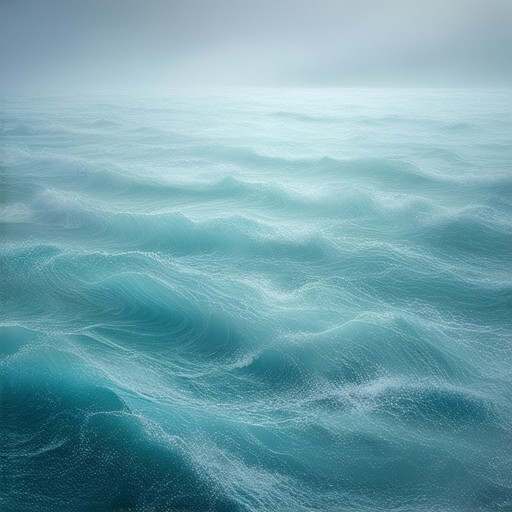
Camera Settings for Boat Photography
For optimal boat photography, consider the following settings and techniques:
- Lighting : Shoot during the golden hour (30 minutes after sunrise or before sunset) for soft, diffused light that minimizes harsh shadows and highlights.
- Camera Type : Use a DSLR with a stabilized lens to reduce motion blur from the boat’s movement. Consider focal lengths for wide-angle shots or telephotos for subject isolation.
- Shutter Speed : Set a fast shutter speed, ideally 1/1000 seconds or faster, to capture sharp images despite movement. Increase speed in rough conditions.
- Aperture : Use a large aperture (e.g., f/8) for shallow depth of field to isolate subjects. Experiment to avoid focus issues in moving backgrounds.
- ISO Settings : Keep ISO low for noise reduction, but adjust higher if necessary for low light. Modern cameras handle higher ISOs well, up to 12800.
- White Balance : Use auto white balance and adjust manually if needed due to changing light conditions on the water.
- Composition : Apply leading lines (use boat hulls), rule of thirds, and macro settings to highlight details. Frame shots with the horizon for balance.
- Post-Processing : Crop for composition, adjust perspective, remove motion blur, and correct colors to enhance the final image.
- Accessories : Use a tripod for stability, a cable release for timed shots, and consider ND filters for controlling light during bright days.
- Environmental Considerations : Avoid excessive glare and lens flares with a circular polarizer. Capture single subjects against a clean background.
- Focal Length : Choose based on your storytelling goals—wide for scenery, telephoto for subjects.
- Storage : Ensure ample memory cards and carry a backup battery for long shoots.
By integrating these settings and techniques, you can effectively capture dynamic and engaging boat photography.
Best Settings for Water Photography
For optimal water photography, consider the following settings and techniques:
- Shutter Speed : Use a fast shutter speed between 1/100 to 1/200 seconds to freeze motion and capture sharp details of waves and ripples.
- Aperture : Set a wider aperture (e.g., f/8 or higher) to increase light intake and maintain sharpness, especially when shooting near midday when light is harsh.
- ISO : Adjust ISO according to lighting conditions. Lower ISO values (e.g., 100-200) are ideal for bright environments, while higher ISOs (e.g., 400-800) can be useful in lower light to avoid graininess.
- Composition : Apply the rule of thirds to frame your subject. Utilize leading lines and symmetry to create visually appealing compositions.
- Post-Processing :
- Crop : Remove unwanted elements and emphasize your subject.
- White Balance : Adjust to maintain natural tones.
- Vibrance/Saturation : Enhance colors subtly for realism.
- Focus : Use manual focus for precise control, especially with moving subjects. Practice on static subjects to build confidence.
- Filters : Consider using a polarizing filter to reduce glare and enhance clarity. Experiment with angles to achieve desired effects.
- Exposure Techniques : Explore long exposures for creative effects like trails, but monitor for overexposure or blur.
By balancing these settings and techniques, you can achieve dynamic and engaging water photographs.
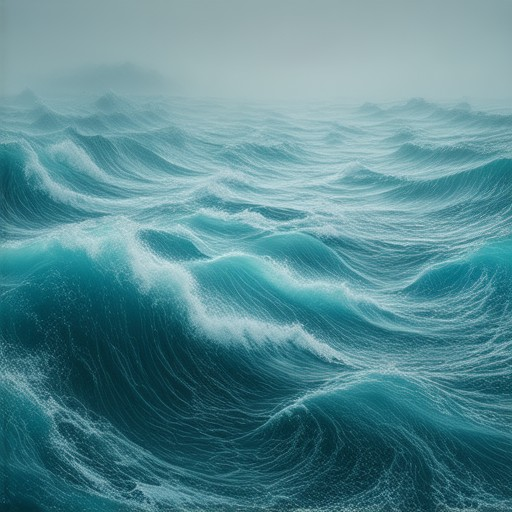
Three Essential Photography Settings Explained
Aperture, shutter speed, and ISO are the three primary settings on a camera that significantly impact the quality and composition of your photos. Understanding and adjusting these settings effectively can elevate your photography skills, particularly when capturing dynamic scenes like those often found in sailing photography.
1. Aperture
The aperture determines how much light passes through the lens and influences the depth of field. A smaller aperture (like f/8) increases sharpness and allows more of the scene to be in focus, which is ideal for sailing photography where you may want to capture the entire boat or the surrounding landscape. Conversely, a larger aperture (like f/2.8) reduces depth of field, creating a blurred background that can help isolate your subject, such as a sailboat moving gracefully against the sky.
2. Shutter Speed
Shutter speed controls how long the sensor is exposed to light. A faster shutter speed (e.g., 1/1000 of a second) freezes action, perfect for capturing the precise moment a sail unfurls or waves crash against the hull. Slower speeds (e.g., 1/30 of a second) allow more light in, which is useful for low-light conditions but can introduce motion blur if not managed properly.
3. ISO
ISO measures the camera’s sensitivity to light. A lower ISO (e.g., 100) reduces noise but requires more light, which can be challenging in dim conditions. A higher ISO (e.g., 800 or 1600) increases sensitivity, allowing you to shoot in darker environments without relying on flash. Balancing ISO with other settings is key to achieving well-exposed images without excessive grain.
How These Settings Work Together
When shooting sailing photography, consider how these settings interact. For instance, a wide aperture (f/4 or higher) combined with a fast shutter speed (1/500 sec) can capture both the motion of the sail and the details of the rigging. Experiment with different combinations to find what works best for your style and the unique challenges of sailing photography.
By mastering these three settings, you can unlock the full potential of your camera and create stunning compositions that do justice to the beauty of sailing. Explore more tips and inspiration on Sailing Photo Awards Blog to further enhance your photography skills.
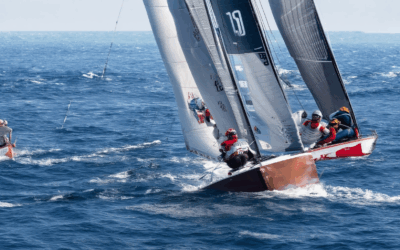
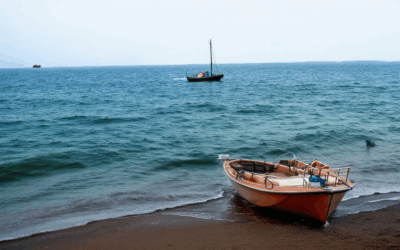
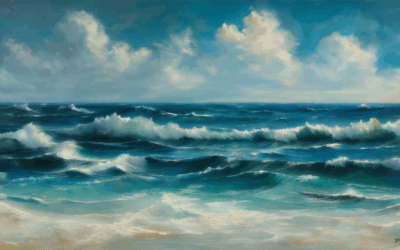
0 Comments